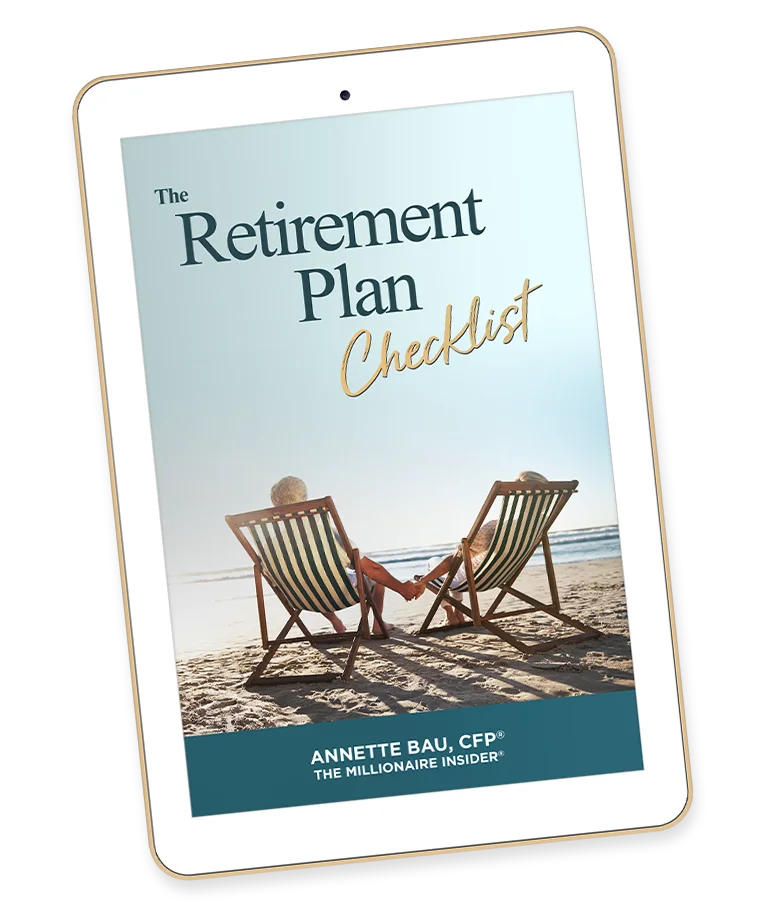Updated January 9the, 2023
While many people may wonder how to make a monthly budget, few realize it can be something to look forward to instead of dread
Because cash flow is so critical to creating an effective financial plan, budgeting is a necessary step on your journey.
Making a monthly budget can be easy and even fun.
By following a few simple steps, you can develop a successful money management plan and have fun doing it!
Today you will learn the exact process tens of thousands of people have used to create a budget for themselves.
Download the free The Magical Budget Template, and complete the steps as you work though each step of the process.
Disclosure
All materials and intellectual property are copyrighted by MillionaireSeries.com®.
This information is for educational purposes only. It is not intended to replace any advisor or specialist or provide any investment, financial, tax, retirement, planning, or healthcare advice.
By reading this, you agree to hold MillionaireSeries.com® and its affiliates harmless for results achieved or not achieved.
7 Steps to Make a Monthly Budget

1. Collect all financial documents.
a. Create an income folder.
The income folder contains all sources of income, including wages paid by an employer, revenue you earn from a part-time or side job, interest income, real estate income, etc.
b. Set Up an expense folder.
The expense folder should include all fixed expenses and bills, such as mortgage statements, utilities, monthly car payments, credit cards, and insurance premiums. This folder should also include variable expenses like groceries, entertainment, dining out, vehicle maintenance, etc.
c. Create a financial statement folder.
The financial statement folder contains bank statements from checking and savings accounts, investment, brokerage, retirement accounts, and any other financial information you may have.
Also, include any debt you have, such as your mortgage, car loan, or credit card balance you are not paying off each month. The information in your financial statement folder will be used to create a balance sheet that will show your net worth (assets less liabilities).
If you have questions or need support, start here:

2. Compile an itemized list of all sources of income.
Use the income folder to identify the income you earn each month from each individual source. If you receive an annual dividend, divide it by twelve to determine your monthly cash income.
Income sources include wages from an employer, money earned from your home-based business, and any other sources of income you receive.
The goal is of this step to determine your net income.
3. Develop a list of monthly expenses.
Review all expenses you have collected in your expense folder and create a monthly expense report. If you pay expenses quarterly, semi-annually or annually, divide that amount by three, six, or twelve, to get a monthly amount to add to your total expenses.
Ideally, separate “need-based” expenses from “want-based” expenses. Examples of “need-based” expenses include mortgage or rent payments, car or lease payments, all insurance payments, and your groceries and utilities. Want-based costs include entertainment, dining out, daily coffee, vacations, etc.
4. Add in your monthly income and expenses.

The ultimate goal is to have more income than expenses. As a result, you can use the excess cash to fund retirement and personal investment accounts.
If you do not have an emergency fund for at least six months’ expenses, then build up your savings account first.
Experts recommend saving at least three months’ worth of expenses in a cash or savings account and another three months’ worth in a short-term, low-risk asset.
Consumer Debt
If you have consumer debt, such as a credit card with a high-interest rate, prioritize paying it off.
Also, if you have more expenses than income or are using your credit cards to fund your spending, you must take immediate action to correct this. Creating a successful money mindset is a good place to begin.
Begin with these budgeting tips:
First, identify where you are overspending. Typically, overspending is a result of “want-based” expenses. A simple trick is to deposit your total monthly income into a savings account, then determine the amount required for “need-based” costs. The amount leftover is what you can afford to spend on “want-based” expenses. 
Transfer the total want-based and need-based amount into your checking account each month. Take the want-based expense amount out of checking in cash, so you are forced to pay for want-based expenses from your monthly cash allotment. It is incredible how much money you can save when paying with cash – even grocery shopping!
By paying with cash (knowing you have a limited supply), you will pay attention to what you are purchasing – no more buying everything in sight or shopping unconsciously online! As a result, you will have less stress. Yes, this means you will give up the convenience of using a debit or credit card, however, it will be well worth the sacrifice.
Identify all want-based expenses where you are overspending. Eliminate the obvious costs. For expenses that are a need, consider creating additional sources of revenue. Examples of other income sources may include a part-time job, a home-based business, and network or affiliate marketing, to name a few.
5. Review your monthly budget.
You must review your actual cash flow at least once a month or quarterly. Compare it with your ideal (planned) budget to confirm that you are on track to achieving your financial goals.
The sooner you identify what is working and where you need to improve, the quicker you can get on a direct flight to become financially free.
6. Enroll accountability partners.

A research study set out to discover why some weight loss programs were so much more effective at keeping weight off than others. One determining factor was the synergy among members of the support groups, specifically with their accountability partners.
The same is true when it comes to money and the accumulation of wealth.
Enroll not only qualified advisors but also peers. Peers can be ideal accountability partners, especially if they are committed to creating a financially-free life they love.
An effective tool is to pre-determine consequences for achieving or missing your goal. A massage on Friday is an example of a positive consequence for attaining a goal. Missing your goal could result in a negative consequence, such as donating to a political party you dislike.
7. Make it fun.
If budgeting seems daunting, take a minute to re-frame your experience. What if money were simply a game that you loved to play?
Amazing things can happen when you approach budgeting with an open mind and stay focused on your long-term goals. It only takes an average of 66 days to change a habit, so what are you waiting for?
Just think – in no time, you will be on track to achieving your goal. As a result, you will be closer to creating a financially-free life that you love!
If you want more support creating your master budget, click here:

Click here to get your free financial checkup:
To living richer and fulfilled,
Annette

